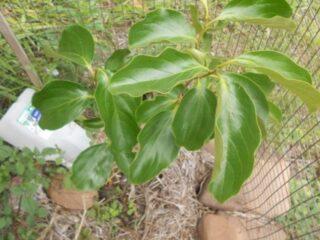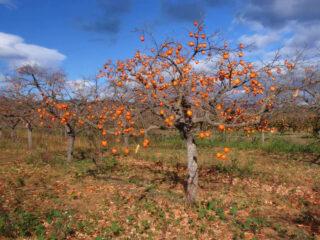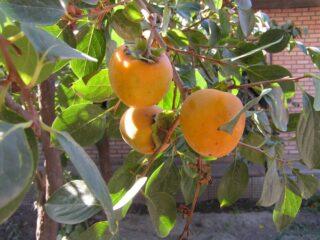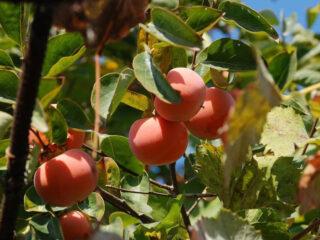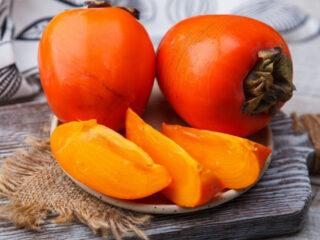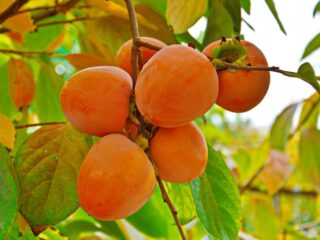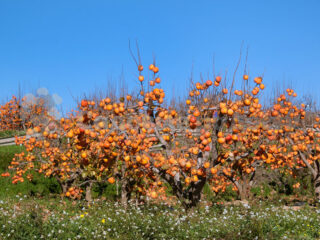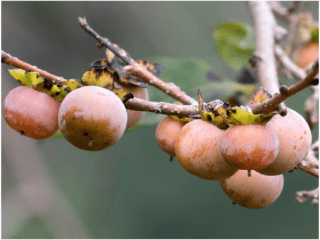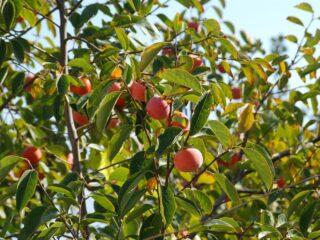Content
Pruning persimmons is necessary from the second year after planting. In the first 5-7 years, it will be necessary to correctly form the crown in the form of a tall tree or multi-tiered shrub. Then, as necessary, the old branches are shortened, leaving at least 2-3 buds on them, from which young layers will grow. The procedure is scheduled for early spring or late autumn.
Why cut persimmons
This tree needs regular pruning (annually in spring or fall). Shearing is carried out to remove weak, diseased branches, eliminate old shoots.
The procedure allows you to solve several problems:
- stimulating the growth of young layers;
- uniform development of the crown and root system;
- maintaining productivity;
- crown formation (including thinning);
- ensuring sustainability - the same load on different branches.
Types of persimmon pruning
The main types of pruning are formative (young trees of the first 3-5 years of life) and rejuvenating (removal of old branches). Along with them, they make a sanitary haircut. The procedure is necessary to remove weakened, diseased and frostbitten shoots. This event takes place in early spring.
Rejuvenating
Rejuvenating persimmon pruning is carried out for adult trees every 2-3 years. You need to start it only at a time when the young shoots have stopped growing. The purpose of a shearing is to remove an old branch that bears little fruit, is damaged, weakened, broken. Such a shoot is not completely removed - you need to leave several buds, from which new layers will appear. During the procedure, it is better to cut only one branch so as not to weaken the persimmon.
Moreover, the process goes in 2 stages (it is better to do it in spring).
- First, remove the old branch from the south side, simultaneously shortening the young shoots by a third of the length.
- At the second stage, after 2-3 years, re-pruning is also carried out from the south side.
- A year later, the same procedure is performed on the north side.
Thanks to this, the crown is renewed gradually, which ensures the growth of new shoots. Moreover, the lower tier of persimmon will receive more nutrients, which means that the yield will grow.
Formative
They begin to form a tree already from the second year after planting (it is better to plan for the spring, but it is possible also in the fall):
- In the first year, the tallest shoots are shortened to 80 cm, and the lateral ones are left.
- In the second year, all skeletal branches are shortened to 40 cm.
- Starting from the third year, gardeners regularly prune the persimmon crown, thinning it and removing the shoots growing inward. At the same time, young skeletal branches no longer touch - they will ensure the stability of the tree.
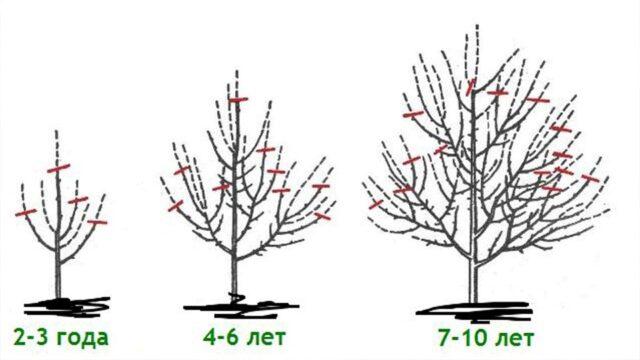
The scheme of the formative pruning of persimmon from 2 to 10 years of age will help to carry out the procedure correctly
When growing a seedling, you need to immediately determine its shape - a tall bush or tree. The latter option is more resistant to strong winds. But due to the fact that it is easier to harvest from a shrub, many gardeners choose this type of pruning.
When is the best time to cut persimmons
For cutting persimmons, you can choose both early spring and late autumn. Since in Russia the tree is grown only in the southern regions, the timing of the procedure will be as follows:
- Spring - first half of March (before the onset of bud swelling).
- Autumn - late October (about a month before the first frost).
Pruning persimmons at another time is definitely not worth it.But in extreme cases, in the summer, you can remove foliage and shoots affected by diseases or broken by strong winds.
What tools are required for trimming
Common garden tools are used to remove branches:
- The pruner is the most convenient option. It is best to choose a one-sided cutting tool. In this case, the blade must be very sharp, which makes it easier to work and minimizes injury to the branches.
- The lopper is a handy tool for shaping haircuts, crown thinning. They are also used to rejuvenate old shrubs.
- Garden knife - needed to remove thin shoots. It is also used to straighten out the wrong cut left after pruning shears.
Haircuts are done with gloves, observing safety measures.

You can trim shoots with pruning shears, loppers or garden shears.
How to prune persimmons in the fall
In autumn, during a haircut, you must:
- thin out the crown;
- remove all damaged and diseased branches.
Basically, the fall haircut is optional. If the event is held in the spring, then the next stage can also be planned for March.
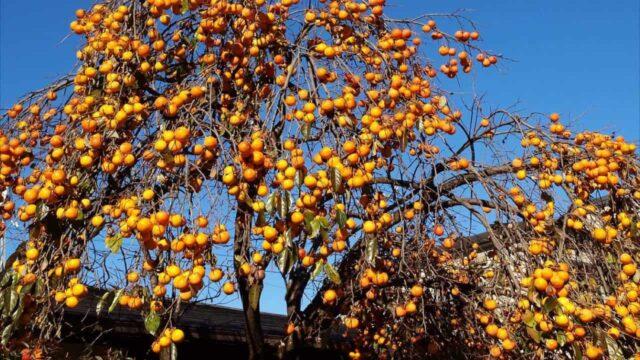
Persimmon pruning is usually planned for late fall.
How to prune persimmons in spring
After winter, the tree is trimmed in this way:
- The next year after planting, the main shoot is shortened so that its height is no more than 80 cm. Due to this, the root system and the branches themselves will form evenly, which will ensure the stability of the tree.
- The next year, 3-4 main (skeletal) branches are planned at approximately the same distance from each other.
- Leave 5 buds on thin shoots. On skeletal - two.
Errors and their consequences
Pruning persimmons is a simple procedure. However, it requires regularity and consistency: it is carried out every year, outlining the shape of the tree in advance, and also allocating several skeletal branches for a uniform load. To achieve good yields, it is necessary to avoid common mistakes that beginner gardeners make:
- Formative pruning is carried out from the first year (after planting). One should not think that a tree can grow “just like that”. Persimmon bears heavy fruits (120-150 g), and if you do not think over a symmetrical crown, the branches will begin to break under the weight of the fruit.
- When forming, choose those branches that grow at a slight angle to the main trunk. If the angle is too sharp, after a few years the branch will probably break off under the weight of the fruit.
- Even old shoots are not completely removed. At least two growth buds are left on them, otherwise young branches will not appear from them. Then you won't be able to rejuvenate the tree.
- After pruning persimmons, the wounds must be treated with garden varnish, sprinkled with charcoal or activated carbon powder. You can also use special preparations, for example, copper sulfate, "Garden Var" and others. If this is not done, infection can get through the cut, and the injured area will suffer from frost. If persimmon pruning is done in the summer, processing is optional.
- When carrying out the procedure, it is important to remember that the fruits grow on the shoots of the current year. Moreover, if the fruiting wave has a clear period, then the shortening is made strong (including one-year increments).
- After pruning persimmons, branches and leaves should be taken away and burned, since pests can hibernate in them. The tree is treated with a fungicide (for example, a 1% solution of Bordeaux liquid), sprinkled with ash near the trunk, watered well. It is also recommended to lay mulch (sawdust, peat, straw). Even in the southern regions, a small shelter will be needed for the winter.
Conclusion
Pruning persimmons is an important component of care, on which the yield directly depends.If you do not carry out timely pruning, the crown thickens, the shoots grow unevenly, which can cause the shoots to break under the weight of the fruit. Therefore, the formation of a tree should be dealt with in the first years of life.
